Essential for plants and animals, an excess of copper can negatively affect environment, human health
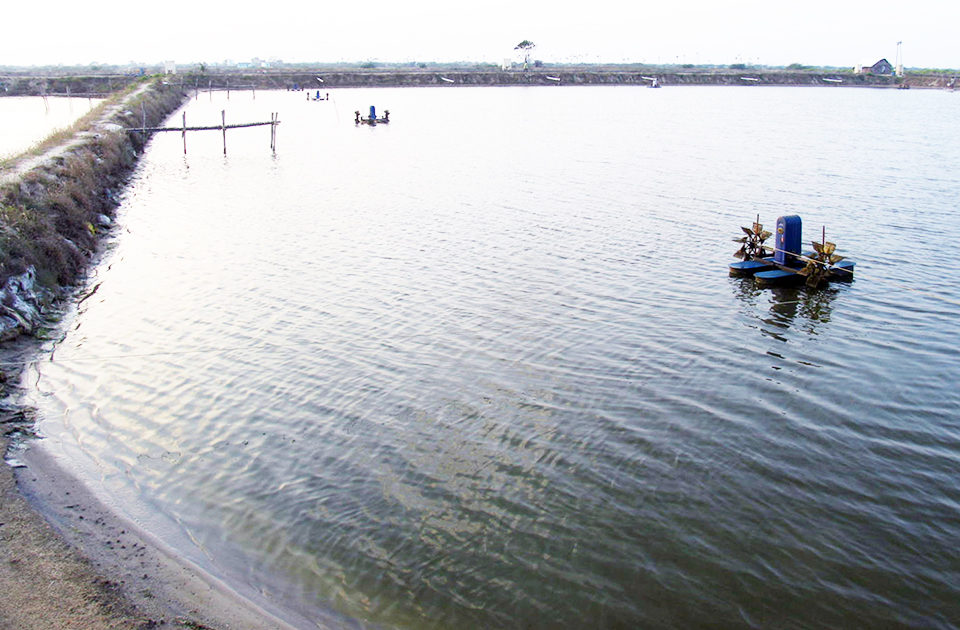
Copper is used in aquaculture for a variety of purposes, including control of the blue-green algae responsible for off-flavors in culture animals, treating for certain diseases and parasites, eliminating mollusks from ponds and avoiding fouling of fish cage netting. Copper is potentially toxic, and the possible negative effects of its use in aquaculture on the environment and to food safety are a consideration in voluntary eco-label certification and buyer-purchasing programs, as well as in aquaculture regulations.
Toxicity
Excessive exposure to copper in humans can cause nose, mouth and eye irritations, as well as headaches. Chronic exposure can lead to Wilson’s disease and liver, brain, nervous system, kidney and eye damage. Excessive copper concentrations in the environment can be toxic to plants, contaminate forage and harm livestock and other animals, and damage the soil biota. Elevated copper concentrations in water can harm fish and other aquatic life.
The 96-hour median 50 percent lethal concentration (L.C.50) of copper for fish and shrimp ranges from 0.05 to 2.00 mg/L, depending upon the pH, alkalinity and hardness of the water – copper toxicity increases at low pH and especially low alkalinity. The maximum acceptable concentration of copper for long-term exposure to aquatic species is likely around 0.05 times the 96-hour L.C.50.
A safe treatment rate for copper sulfate pentahydrate in aquaculture ponds is 0.01 times the total alkalinity. If alkalinity is 100 mg/L, the maximum safe treatment is 1 mg/L of copper sulfate, or about 0.25 mg/L of copper. Such a high concentration is safe, because the copper concentration declines very rapidly after treatment.
Copper concentrations decline to pretreatment levels within 48 to 72 hours, as shown in Fig. 1 with data collected from ictalurid catfish ponds in Alabama, USA. In addition, copper concentration did not reach the expected maximum concentration of about 0.25 mg/L, as revealed in the figure.
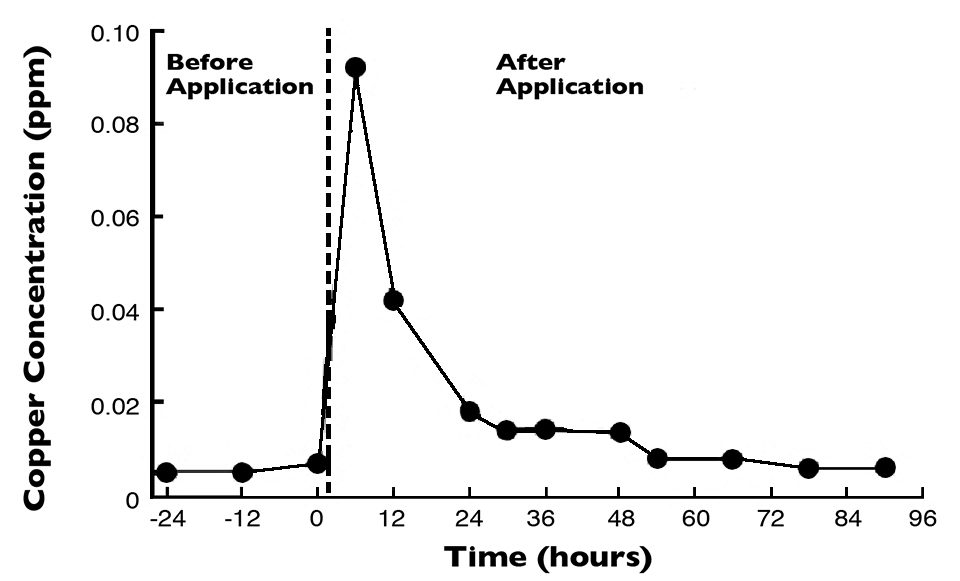
An essential nutrient
Copper is an essential nutrient for plants and animals. It is especially important in cuproenzymes that serve to catalyze many reactions in living organisms. Copper is particularly important to shrimp and some other invertebrates, because it is part of the metalloprotein hemocyanin found in their blood, which combines with oxygen to increase the oxygen-carrying capacity.
Copper plays the same role in hemocyanin as iron does in the hemoglobin in the blood of vertebrates. Life cannot exist without copper, but an excess of this element can have negative environmental effects and adversely impact human health – as other essential metallic nutrients can.
The recommended daily allowance (RDA) of copper for human adults is 0.9 mg, and the upper allowable limit (UAL) for copper intake is 10 mg/day. The intake of 200 g of fish with 5 ppm copper would represent a daily copper intake of 1 mg of copper – slightly more than the RDA, but far below the UAL. A similar serving of shrimp might contain 5 mg of copper – greater than the RDA, but below the UAL.
Thus, the amount of copper in aquaculture products does not appear to be potentially harmful to humans. Moreover, there is no evidence that application of copper in ponds increases the copper content of the culture animals.
Solubility
Copper disappears from water quickly in spite of the high solubility of copper sulfate and certain other copper compounds (Fig. 1). Once a copper compound dissolves in water, copper concentration is no longer controlled by the solubility of the copper source.
Dissolved copper reacts quickly to form another copper compound – usually copper oxide, which is highly insoluble and precipitates to the bottom. In addition, copper is absorbed by aquatic plants and incorporated into their biomass, and later may become copper in the organic matter of sediment. Copper also is bound in sediment as an exchangeable cation on clay and other colloidal particles.
The solubility of copper is favored by low pH, and the sediment of aquaculture ponds usually is neutral to slightly alkaline in reaction, either naturally or because of liming. Copper is not readily available to the water column from neutral or alkaline sediment.
Concentrations
Copper concentrations in edible portions of fish from waters not subjected to anthropogenic copper additions range from below 1 to 5 ppm (1 to 5 mg/kg), but shrimp and other invertebrates can contain up to 25 ppm of copper on a live weight basis. The greater concentrations in invertebrates likely are related to the copper contained in hemocyanin in the blood.
Studies with hybrid ictalurid catfish at Auburn University revealed that in ponds treated weekly with copper sulfate for 10 weeks at 1 percent of the total alkalinity, copper concentrations in fillets were no greater for fish from copper-treated ponds than from fish in control ponds (Table 1). Although copper uptake by shrimp from copper-treated ponds has not been studied thoroughly, analyses of shrimp from copper-treated ponds revealed copper concentrations within the ranges reported for shrimp from untreated ponds.
Boyd, Copper in water and fillets, Table 1
| Treatment | Dissolved Copper in Water (ppb) | Copper in Fillets (ppm) |
|---|---|---|
| Control | 1.9a | 0.54 (range 0.35-0.78)a |
| Weekly copper sulfate application | 14.3b | 0.62 (range 0.50-0.68)a |
Other common meat products usually contain up to 5 ppm copper, with the main exceptions being organ meat and liver, in particular, which can contain over 50 ppm copper. Thus, fish meat is similar to other meats, but the meat of shrimp, crabs and other invertebrates tends to be higher in copper content.
Water treatment, effluent impacts
Copper sulfate is widely used in many countries to control algae responsible for bad tastes and odors in municipal water supplies from lakes and reservoirs. Copper plumbing also is installed in some houses, although copper in the pipes dissolves slowly over time. Therefore, drinking water is another source of copper for humans. The U.S. Environmental Protection Agency standard for copper in drinking water is 1.3 mg/L – a concentration that would kill many aquatic organisms, especially fish and shrimp.
With respect to the environment, copper concentrations in effluents discharged from copper-treated ponds are not elevated other than in the event of heavy rain soon after treatment. A study of a stream receiving effluent from about 5,000 ha of catfish ponds in Alabama to which copper sulfate is regularly applied to combat off-flavors of algal origin showed no difference in copper concentration at sampling stations above and below the catfish-farming area.
In cage culture, there is a tremendous volume of water, and copper dissolving from the copper-impregnated netting is greatly diluted. In seawater, pH is around 8, and copper precipitates rapidly from the water. It also is absorbed by plants and lost to the sediment.
The ultimate effect of copper in marine sediment near cages, however, has not been studied thoroughly. But, as mentioned earlier, copper in sediment is not very soluble unless the sediment is acidic. Moreover, copper is precipitated in anaerobic sediment as highly insoluble copper sulfide.
Perspectives
One cannot definitely declare that copper applications in aquaculture cannot under any circumstances have negative impacts on the environment or present potential food safety risks. However, there do not appear to be valid reasons for prohibiting the use of copper in aquaculture, provided certain basic precautions are heeded.
Copper applications to ponds should be made only when necessary. Application rates in milligrams per liter should not exceed 0.01 of the total alkalinity concentration, and applications should not be made when heavy rainfall that could possibly cause overflow is anticipated. Finally, water should not be drained from ponds for at least 72 hours after copper applications.
Further research possibly is needed to include replicated studies of copper concentrations in animals from copper-treated and control ponds and cages, evaluation of alternative antifouling agents for cages and investigations of the possible benthic effects of copper in areas near cages.
(Editor’s Note: This article was originally published in the January/February 2015 print edition of the Global Aquaculture Advocate.)
Now that you've reached the end of the article ...
… please consider supporting GSA’s mission to advance responsible seafood practices through education, advocacy and third-party assurances. The Advocate aims to document the evolution of responsible seafood practices and share the expansive knowledge of our vast network of contributors.
By becoming a Global Seafood Alliance member, you’re ensuring that all of the pre-competitive work we do through member benefits, resources and events can continue. Individual membership costs just $50 a year.
Not a GSA member? Join us.
Author
-

Claude E. Boyd, Ph.D.
School of Fisheries, Aquaculture
and Aquatic Sciences
Auburn University
Auburn, Alabama 36830 USA[117,100,101,46,110,114,117,98,117,97,64,49,101,99,100,121,111,98]
Tagged With
Related Posts
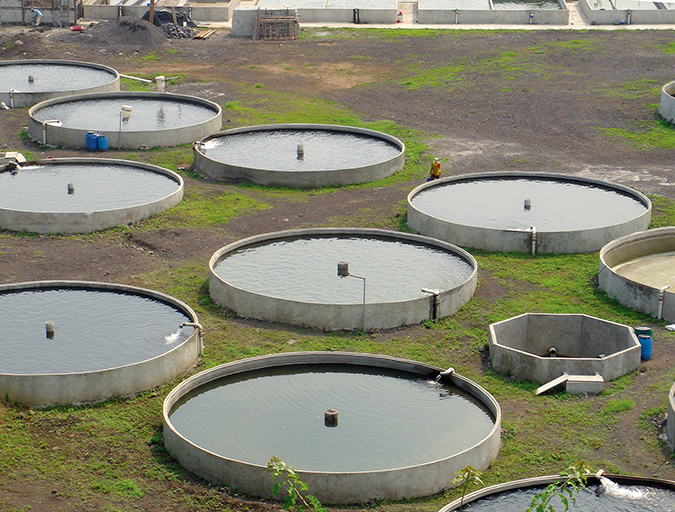
Responsibility
Calcium and magnesium use in aquaculture
Aquatic plants and animals get the essential nutrients calcium and magnesium from water and food. Calcium concentrations impact the hydration and development of eggs in a hatchery, where calcium carbonate precipitation can be troublesome.
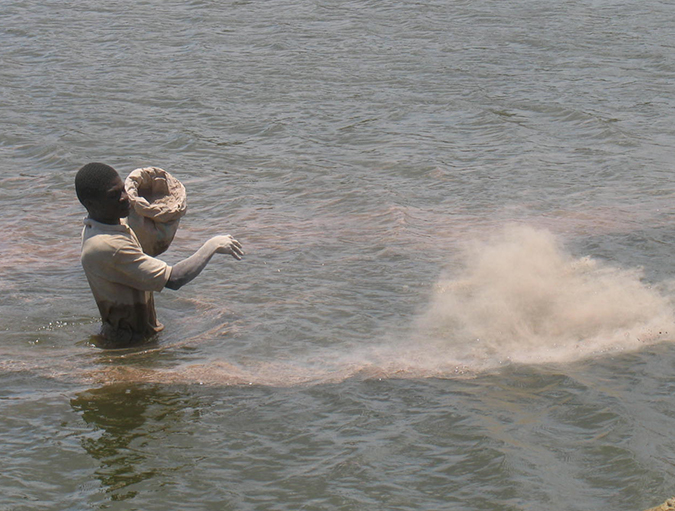
Responsibility
Inorganic fertilization of production ponds
Nitrogen and phosphorus are the most important nutrients in fertilization of both freshwater and coastal ponds. Many factors that can affect the response of ponds to fertilizers are location-specific. Aquaculture pond managers will have to figure out the best procedure for a given location or even for an individual pond.

Innovation & Investment
After half a century, Auburn’s Claude Boyd to ‘retire’
Friends, colleagues and former students of longtime Auburn University Professor Claude E. Boyd, Ph.D., don’t expect the Mississippi native to slow down, despite the quiet announcement of his retirement earlier this month. The 50-year veteran researcher’s career has been truly extraordinary.
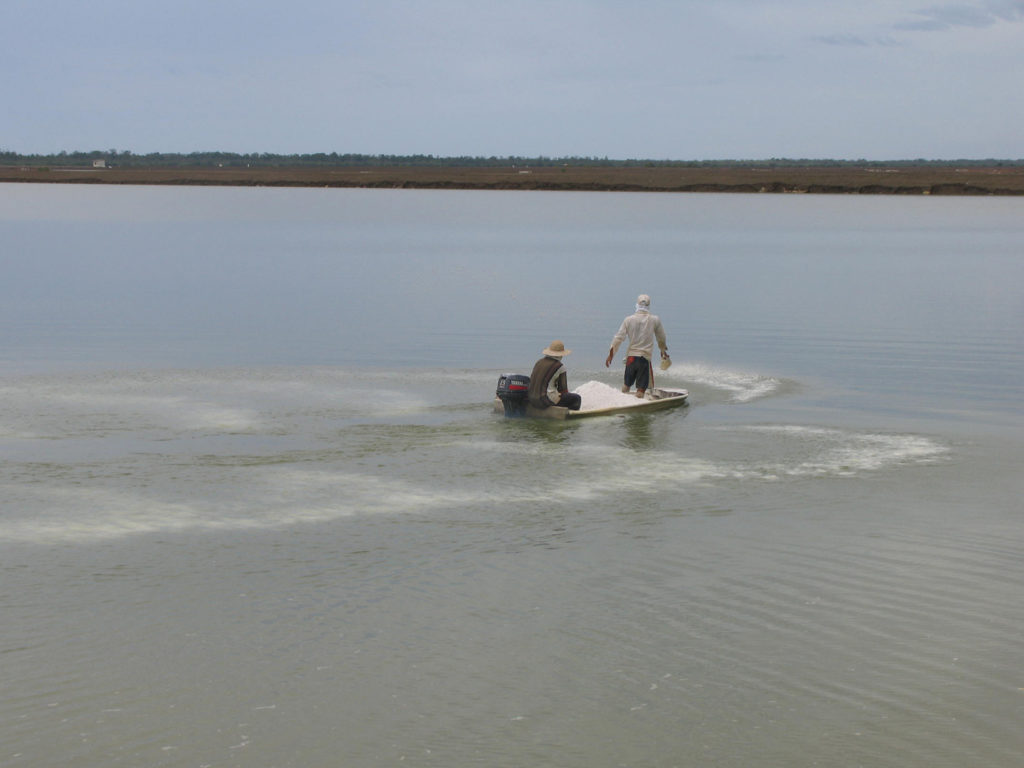
Health & Welfare
Lime plays crucial role in aquaculture pond management
Agricultural limestone is widely used to improve pH and alkalinity in aquaculture ponds. There is considerable use of lime in aquaculture to disinfect pond bottoms and water, to attempt to control pH, and various other reasons.


